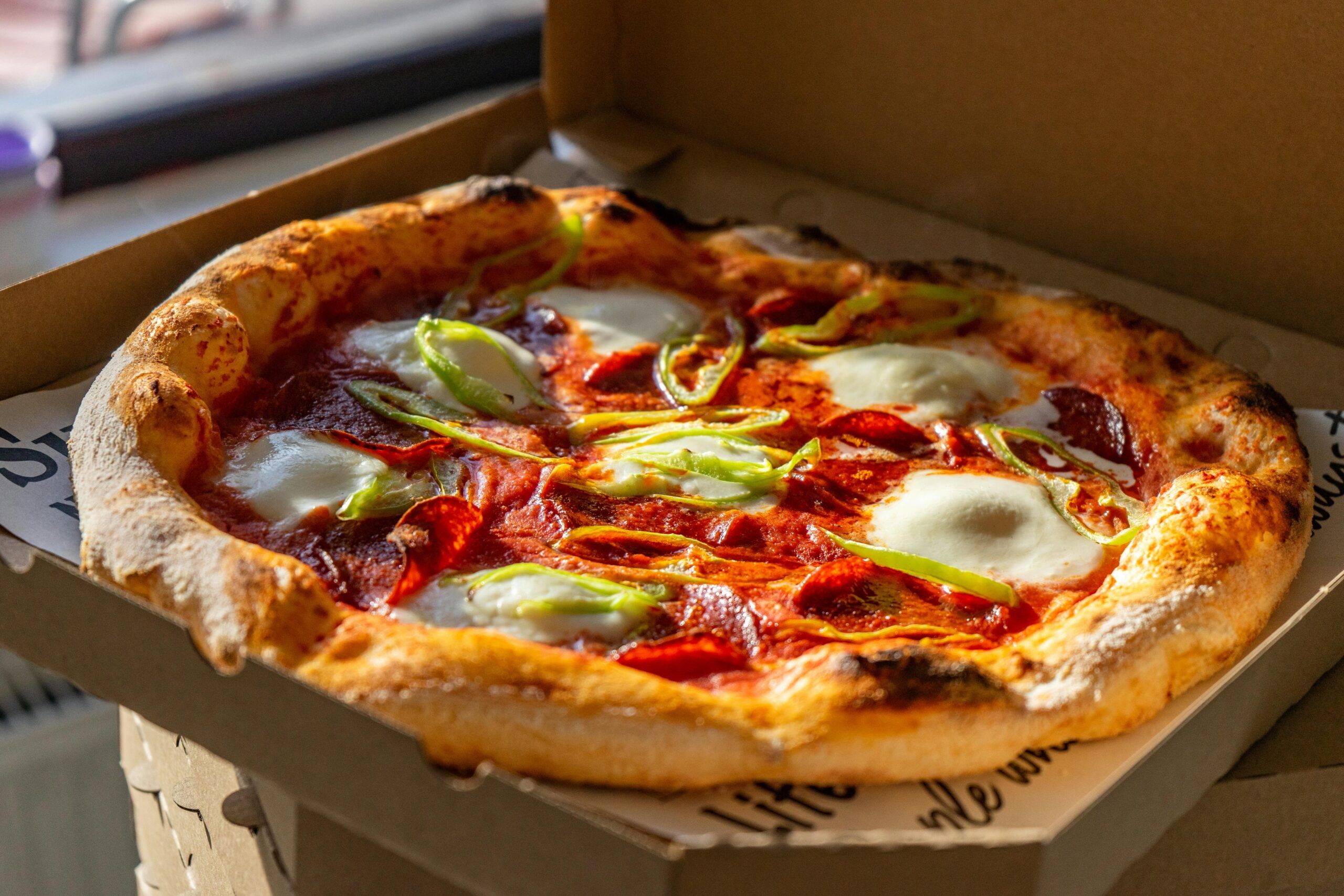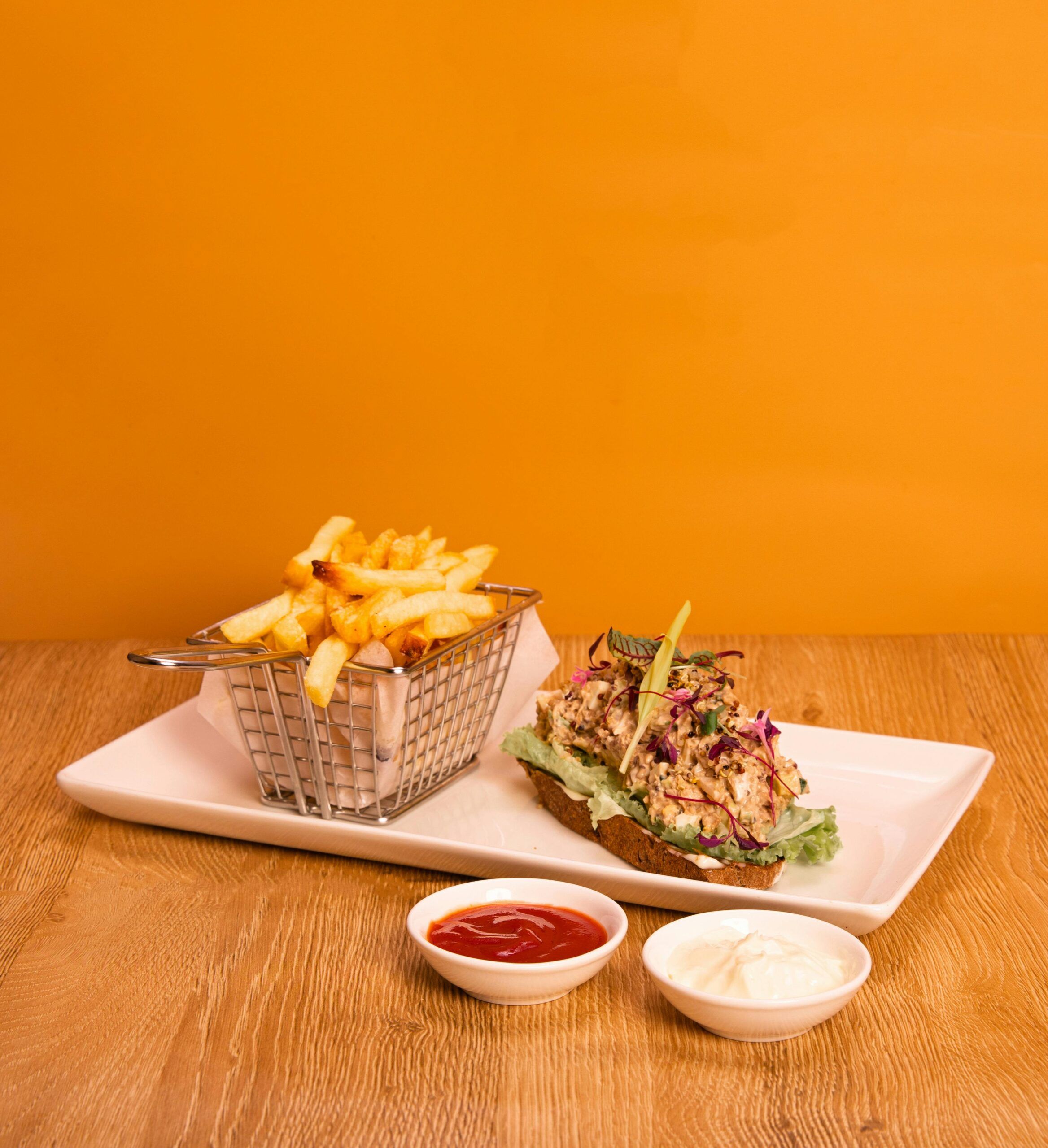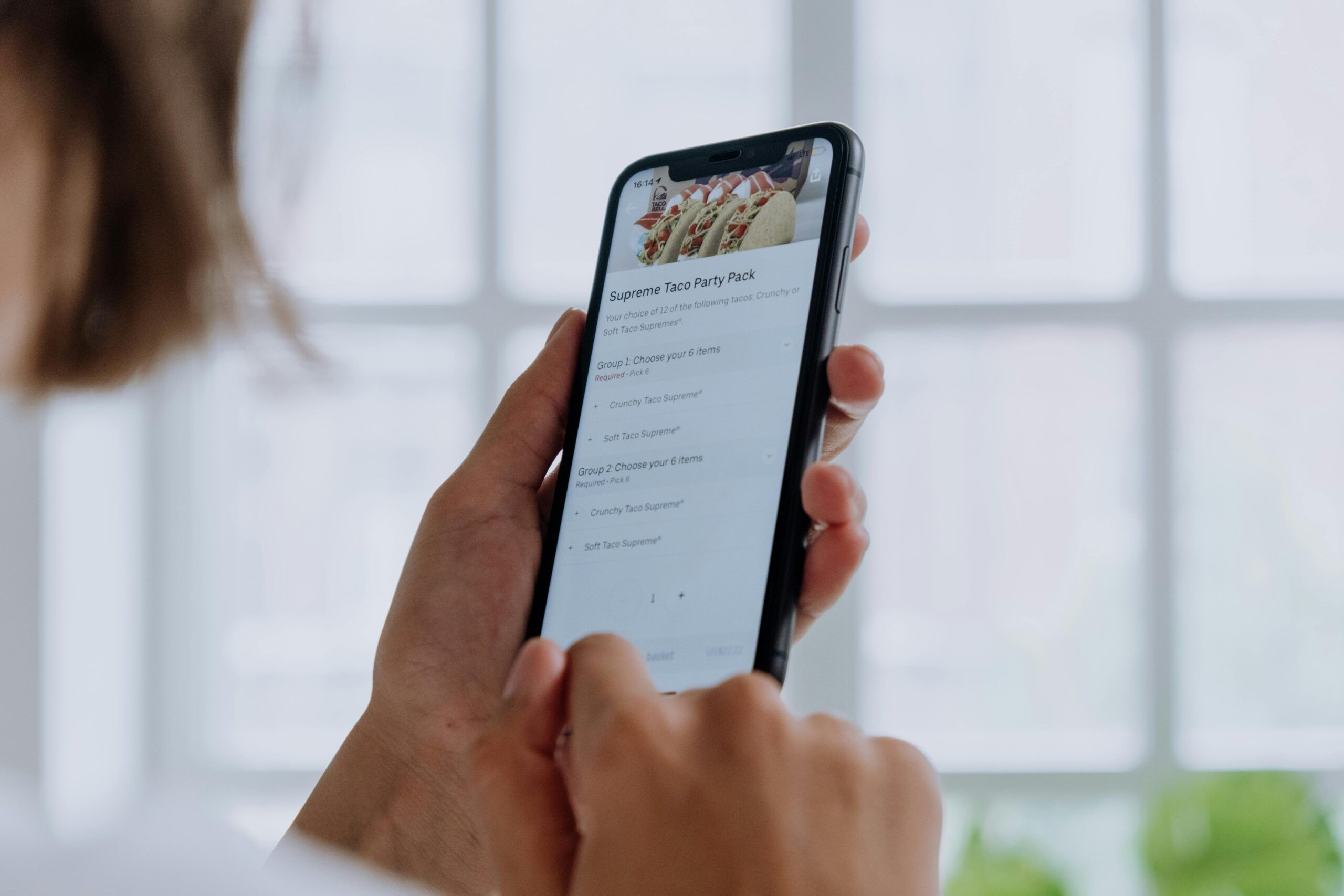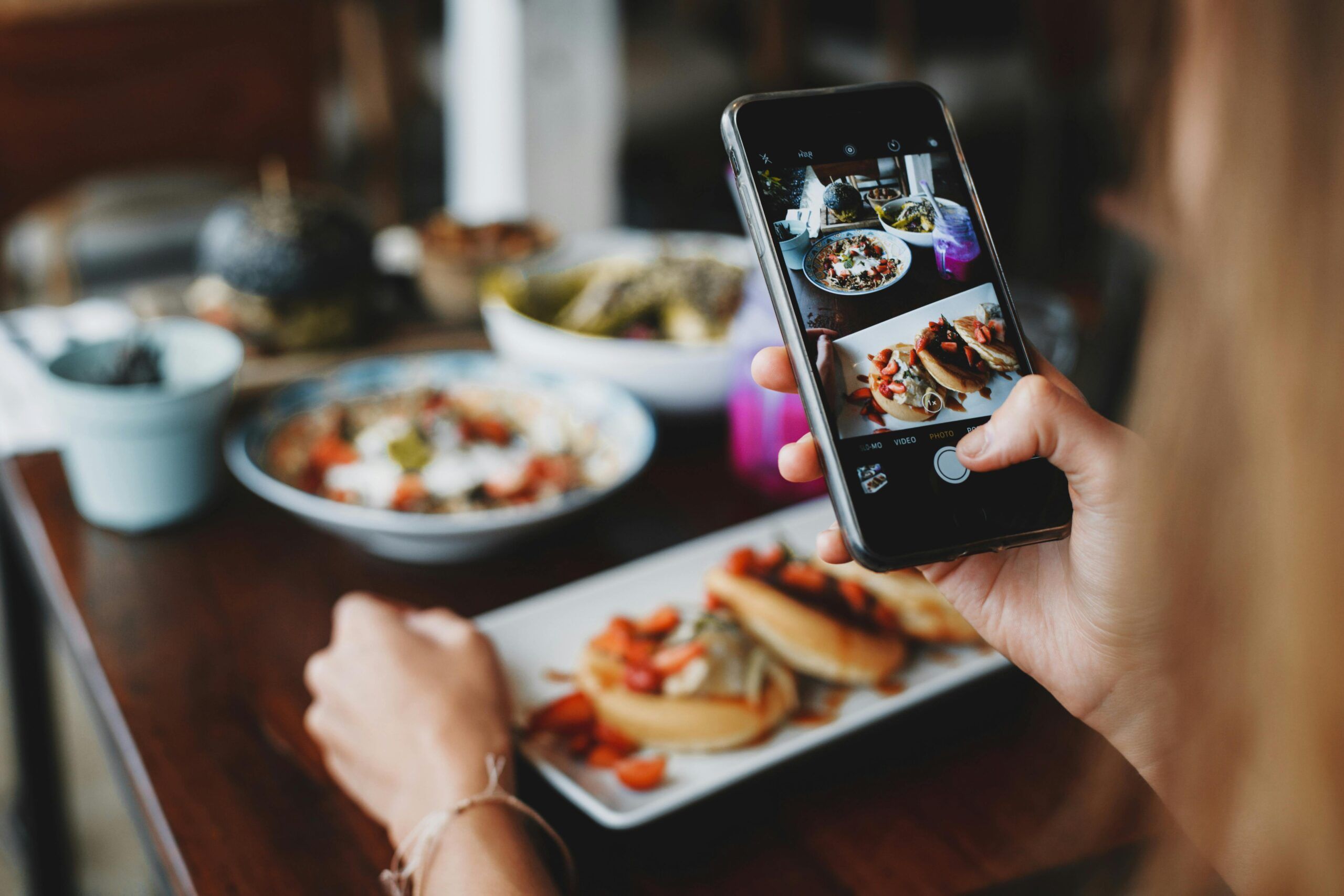- Understanding The Real Cost Of Online Orders
- 1. Adjust Menu Prices For Each Ordering Channel
- 2. Add A Modest Service Fee To Cover Delivery App Costs
- 3. Incentivize Direct Ordering With Clear Benefits
- 4. Bundle Menu Items To Increase Order Value And Offset Fees
- 5. Use Sales Data To Adjust For Time, Volume, And Location
- Price With Purpose, Not Guesswork
- FAQ
Online delivery isn’t just a convenience; it’s a necessity. But for many independent restaurant owners, the cost of using third-party delivery apps adds up fast.
You’re not alone if you’ve noticed the numbers getting tighter. Between commission fees, rising food costs, and customer expectations for fast service, keeping margins healthy can feel like a moving target.
That doesn’t mean delivery apps are the problem. In fact, they play a valuable role in helping restaurants get discovered and reach more customers. But if you want to stay profitable, your pricing needs to reflect the real cost of fulfilling those orders.
This article covers five practical ways to adjust your restaurant’s pricing strategy without losing customer trust—or control over your business.
Want a faster way to manage pricing and menus across all platforms? Schedule a demo with Orders.co and see how we help restaurants stay competitive while keeping things simple.
Key Takeaways
- Delivery app fees can significantly impact your profit margins if not accounted for in your pricing.
- Adjust your menu prices based on where the order is coming from—in-store, direct online, or third-party apps.
- Adding a small, clearly labeled service fee helps recover costs without surprising customers.
- Encouraging direct orders with incentives like discounts or loyalty rewards can boost profitability.
- Bundling items increases order value, helping offset fixed delivery fees.
- Use real-time sales data to adjust prices by time, order size, or delivery location.
- Tools like Orders.co make it easier to manage pricing, menus, and reporting across all platforms.
Understanding The Real Cost Of Online Orders
Before adjusting your prices, it’s important to understand what each online order is really costing your business.
Third-party delivery apps charge restaurants a commission—usually between 15% and 30% per order, depending on the platform and plan. But that’s just part of the total cost. You also need to consider:
There’s also confusion around where the money goes. Many customers ask: “Does the delivery fee go to the driver?” In most cases, only part of it does. The rest goes to the platform to cover things like tech, support, and logistics. Meanwhile, you’re paying a separate commission on the sale itself.
If you’re not adjusting your prices or setting up channel-specific strategies, those hidden costs come directly out of your margin.
To stay profitable, your pricing needs to reflect the full cost of delivery, not just the food.
Now let’s look at five practical ways to make that happen.
1. Adjust Menu Prices For Each Ordering Channel
Not every order costs you the same to fulfill. That’s why it makes sense to price items differently based on where the order comes from—whether it’s placed in person, on your website, or through a delivery app.
Third-party delivery apps charge a commission on each order. According to the National Restaurant Association, these fees typically range from 15% to 30%. That’s a big cut, especially if you’re already operating on thin margins.
To stay ahead, some restaurants add a small markup to their delivery app menus. For example, a burger priced at $10 in-store might appear as $11.50 or $12.00 on a delivery app. This covers part of the platform’s fee while keeping your profit intact.
It’s also important to monitor the average delivery fee your customers see. Many apps show a combination of service fees, delivery charges, and small order surcharges, so your price increase should still feel fair in context.
💡 Tip: Use Orders.co to manage menu versions for each platform. You can adjust pricing, availability, and item descriptions in one place, without having to log into multiple dashboards.
Also, read:
- 11 Advantages of Online Ordering For Your Restaurant
- 10 Best Restaurant Online Food Ordering Systems For Seamless Restaurant Operations
- How To Optimize Your Restaurant Order Management & Increase Online Orders
- Restaurant Online Ordering Best Practices: Strategies For Maximizing Efficiency And Profit
2. Add A Modest Service Fee To Cover Delivery App Costs
If your restaurant relies on third-party delivery platforms, it’s reasonable to share part of that cost with the customer. Many restaurants now add a small service fee on orders placed through delivery apps to help offset rising commission percentages.
This isn’t about surprising your customers with hidden charges. It’s about clearly communicating that delivery through an app is a different experience than ordering in-store or on your website, and it comes with different costs.
Here’s how to do it without hurting your brand:
- Keep the fee modest—usually $1.50 to $3.00, depending on the order value.
- Label it clearly in your POS or menu system: “Technology & Service Fee” or “Third-Party Platform Fee.”
- Make it consistent across all app-based orders to avoid confusion.
Use it to partially offset delivery app fees, not as a profit center.
Tip: This works best when paired with lower or waived fees on direct orders, encouraging customers to choose your website next time.
3. Incentivize Direct Ordering With Clear Benefits
While third-party apps bring exposure, they shouldn’t be your only sales channel. 70% of consumers say they prefer to order directly from restaurants, especially when they see better pricing or rewards.
One of the smartest ways to reduce your reliance on high delivery app fees is to guide customers toward ordering directly from your direct ordering website.
But customers won’t switch just because you ask—they need a reason.
Here’s how to encourage more direct orders:
- Offer exclusive pricing or promotions on direct orders (e.g., $5 off $30+ when ordering from your site)
- Include a loyalty program only available through your website
- Use QR codes on packaging and receipts that link to your direct ordering page
- Highlight that menu prices are lower on your site compared to delivery apps
Make it simple for customers to understand the difference. A message like “Order direct and save on fees” is clear and honest—especially when their total bill is noticeably lower.
That’s a cost-conscious customer’s cue to look for alternatives. When they land on your commission-free ordering website—built with Orders.co—they’ll find a faster, cleaner experience that benefits both sides.
4. Bundle Menu Items To Increase Order Value And Offset Fees
Another smart way to deal with delivery app fees is by increasing your average order size. One of the easiest ways to do this? Create bundled menu offers that provide value for the customer while helping you maintain profitability.
When done right, bundles not only raise ticket size but also make your operation more efficient—fewer orders to prepare, higher revenue per delivery.
Here are a few ideas:
Even if the delivery charge on apps remains fixed, bundles help you spread that cost over more items. That means less margin erosion per item sold.
Customers are looking for convenience and value. You’re looking to reduce the impact of delivery app fees. Bundles help you do both.
5. Use Sales Data To Adjust For Time, Volume, And Location
Not every delivery order costs you the same. Some go to nearby customers during slow hours. Others hit during peak periods, require extra prep, or travel longer distances. The more visibility you have into those patterns, the better you can price and profit.
That’s where data comes in.
With tools like Orders.co, you can review your delivery performance across all channels and spot opportunities to adjust your pricing strategy based on:
- Time of day – Add a small fee during peak hours when kitchen capacity is tighter.
- Order volume – Flag high-cancellation or low-margin orders for a minimum spend requirement.
- Delivery zones – Apply a slight surcharge to orders outside your core neighborhood.
This lets you stay competitive while accounting for real costs that fluctuate by the hour and by location. It’s also a smarter alternative to flat-rate pricing, which may not reflect the realities of your business.
Pricing with data isn’t about charging more—it’s about charging fairly. With Orders.co, you get real-time reporting and platform-level controls to adjust pricing by item, category, or provider—all without touching five different tablets.
Price With Purpose, Not Guesswork
Third-party delivery apps can help bring in new customers, but staying profitable means having a pricing strategy that reflects the real cost of fulfilling those orders. Whether you’re adding service fees, promoting direct ordering, or analyzing data to make better decisions, each step gives you more control over your business.
With Orders.co, you get a full suite of tools built to make that control easier. Here’s how we support restaurants like yours in tackling delivery costs while growing your bottom line:
Restaurant Online Orders Management
The restaurants online orders management tool lets you manage all online orders—whether from your website or third-party apps—on a single tablet or dashboard. No more switching between multiple devices or systems during busy hours. It simplifies fulfillment, reduces errors, and frees up your staff to focus on service.
Local Business Optimization
The local business optimization feature helps your restaurant show up where it matters most—on Google Business, Yelp, and 80+ online directories. It ensures your hours, menu links, and contact details are accurate and optimized for local SEO. More visibility means more direct orders and better control over customer relationships.
Menu Management
With Master Menu Management, you can update prices, photos, and item availability across all connected delivery platforms in minutes. There’s no need to log into each provider individually—just one edit, and it updates everywhere. This reduces human error and helps you adjust your pricing quickly when costs change.
Custom Ordering Website
Create a branded, commission-free ordering website where your customers can place pickup or delivery orders directly. You control the menu, prices, and promotions—no extra fees or third-party interference. It’s the best way to increase direct sales and keep more of every order.
Guest Feedback Monitoring
Stay ahead of customer issues with real-time guest feedback monitoring from delivery platforms and review sites. Orders.co compiles guest reviews, flags complaints, and helps you respond faster. This protects your online reputation and gives you insights into what’s working—and what’s not.
Integrations
Orders.co integrates seamlessly with over 30+ POS systems and all major delivery apps, so you don’t have to overhaul your tech stack. Orders are synced in real time, keeping your reporting accurate and your operations running without disruption. It’s designed to work with your existing setup, not against it.
Reporting
Track sales, delivery performance, item popularity, and customer trends—all in one place. Use built-in filters to compare platforms, monitor peak order times, and see where your revenue is coming from. These reports help you make faster, more informed pricing and staffing decisions.
Dispute Management
Automatically detect and respond to chargebacks and incorrect delivery app charges with the dispute management assistant. Our AI-powered system gives you real-time alerts, suggested dispute responses, and tracking for each case. Restaurants using this feature recover more revenue and spend less time on paperwork.
Want to see how these tools can help you manage delivery app fees more effectively?
Schedule a free demo with Orders.co and find out how restaurants like yours are making better pricing decisions—with less stress and more control.
FAQ
1. How do I know if my current pricing is covering delivery app fees?
To assess this, calculate your total cost per delivery order—including food cost, packaging, labor, and the commission charged by the app. If your net profit per delivery is significantly lower than dine-in or direct orders, you may not be adequately covering delivery app fees. A detailed reporting tool, like the one in Orders.co, can help you track these differences accurately.
2. Should I charge the same prices across all ordering platforms?
Not necessarily. Many restaurants adjust their prices depending on the order source. If you’re absorbing delivery app fees without raising prices, your margins can disappear quickly. Pricing flexibility is key, and most customers understand that different channels have different cost structures.
3. What are creative ways to reduce delivery app fees without dropping the platforms?
Try shifting repeat customers to your direct ordering site through incentives like loyalty programs or exclusive deals. You can also renegotiate your plan with delivery platforms—especially if you’re consistently bringing in high volume. And remember, increasing your average ticket size with bundles or family meals helps absorb delivery app fees without raising prices on individual items.
4. How much do food delivery services charge restaurants, and does it vary by platform?
Yes, it varies. On average, food delivery services charge restaurants between 15% and 30% per order, depending on your agreement, the platform’s pricing tier, and whether they handle the delivery or just list your business. Some services may also charge processing or marketing fees on top of the base commission.
5. How can I explain delivery pricing differences to customers without hurting my brand?
Be transparent. Add a simple note to your menu or receipts such as: “Prices may differ on delivery platforms due to third-party service fees.” Most customers don’t realize restaurants pay high delivery app fees, so a clear explanation helps maintain trust while encouraging direct orders.



